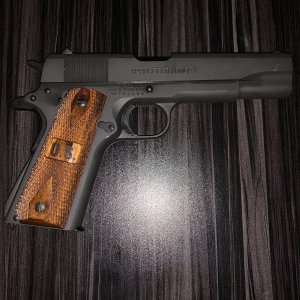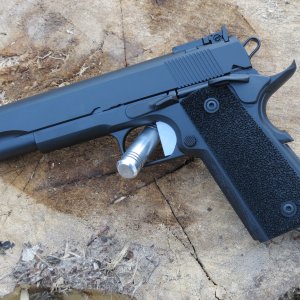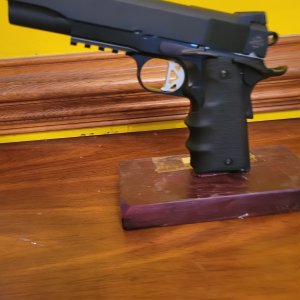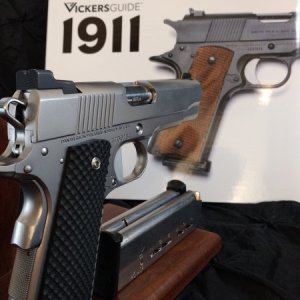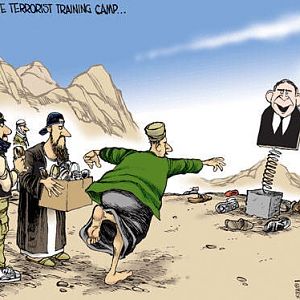silver star
Well-Known Fanatic
Last summer I attended precision rifle training in which I was able to create very good dope for my setup.
JP CTR02, 18†barrel, shooting Hornady Match 75grain.
Dope is/was spot on for 100, 200, 300, 400, 500 & 600 yds.
Summer time, 100 degrees, gun clean, wind <5mph.
This past Sunday I attended a match on the Hi Power range at OKCGC.
Shot 200, 300 & 600 using dope from past summer.
Winter time, but 40 to 50 degrees, wind <18 from left rear 1/4, gun dirty from 3gun match day before.
No problem at 200. Shot low at 300 and while I thought it strange I just adjusted and shot.
However at 600 I was 18†low or 3 MOA at that range.
My question,
Can climate have that much affect?
If so I would guess that I need to make notes in my dope book.
OR:
With heavy use on gun and optics, >4k rounds, in that period of time should I ignore climate change and adjust MOA due to use and abuse?
Scope, Trijicon, TR-24-3G
JP CTR02, 18†barrel, shooting Hornady Match 75grain.
Dope is/was spot on for 100, 200, 300, 400, 500 & 600 yds.
Summer time, 100 degrees, gun clean, wind <5mph.
This past Sunday I attended a match on the Hi Power range at OKCGC.
Shot 200, 300 & 600 using dope from past summer.
Winter time, but 40 to 50 degrees, wind <18 from left rear 1/4, gun dirty from 3gun match day before.
No problem at 200. Shot low at 300 and while I thought it strange I just adjusted and shot.
However at 600 I was 18†low or 3 MOA at that range.
My question,
Can climate have that much affect?
If so I would guess that I need to make notes in my dope book.
OR:
With heavy use on gun and optics, >4k rounds, in that period of time should I ignore climate change and adjust MOA due to use and abuse?
Scope, Trijicon, TR-24-3G


